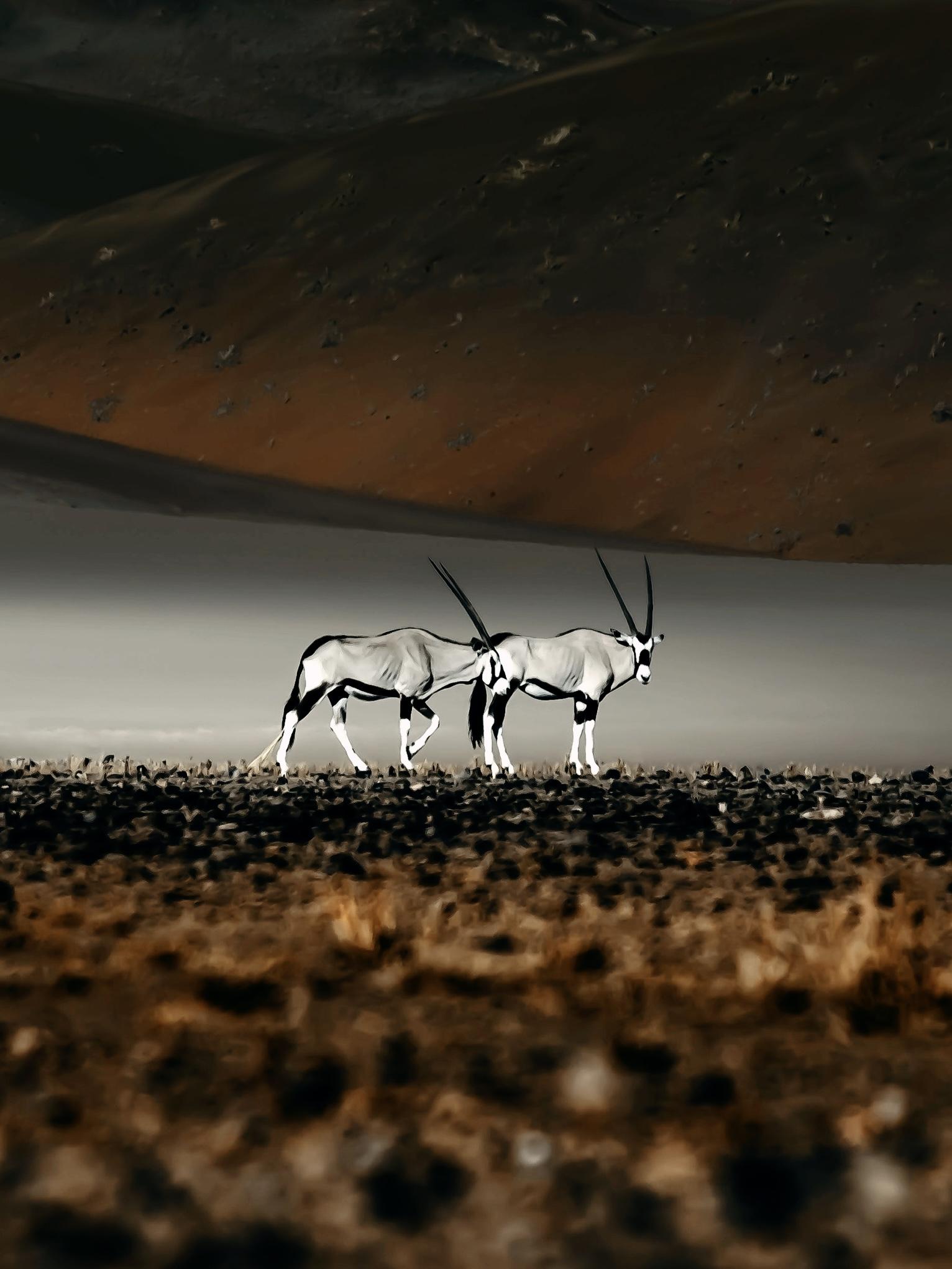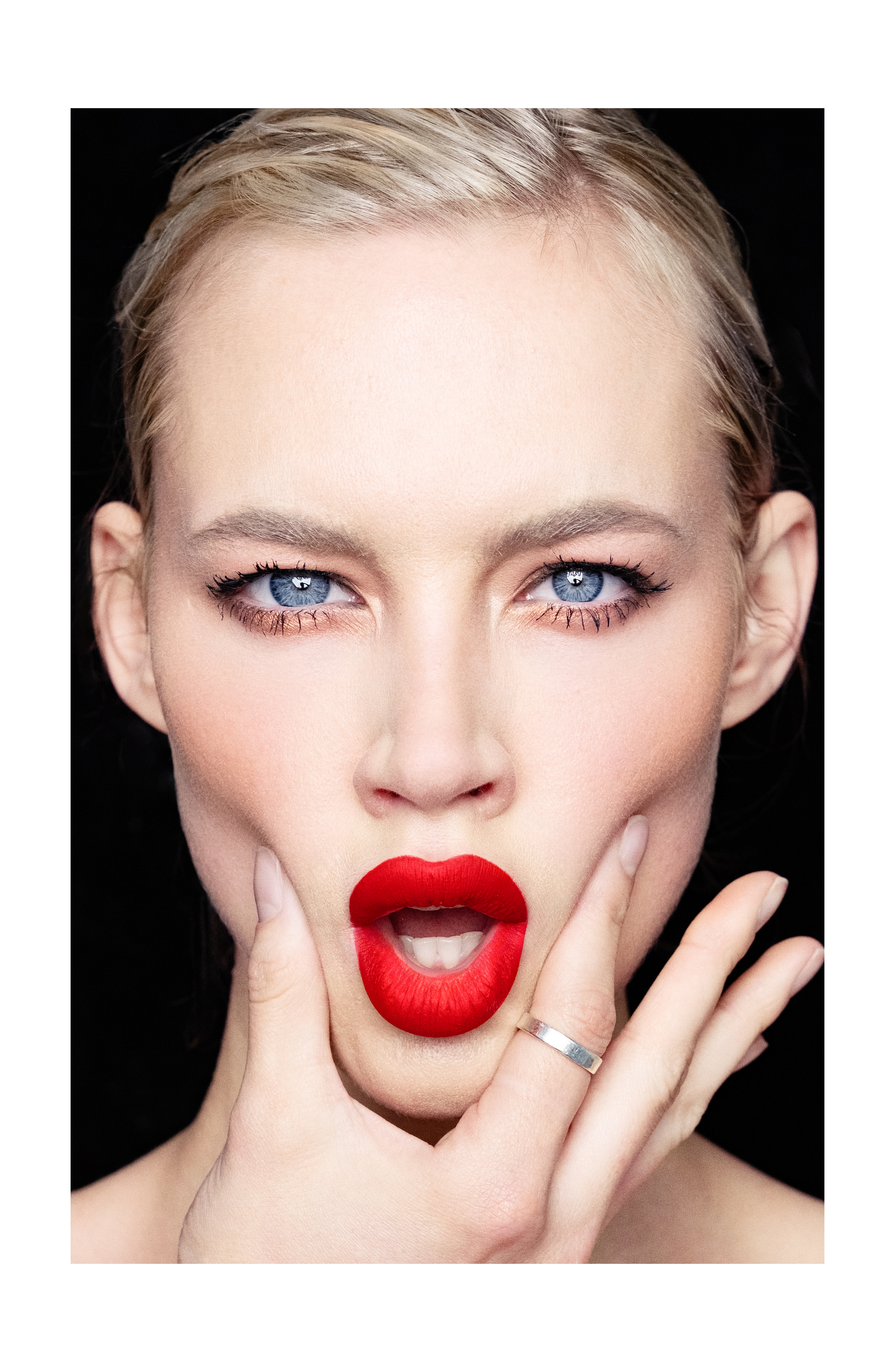Fujinon 16-80mm f/4 OIS WR: The Perfect Travel Lens
A Landscape Photographer’s Perspective
A few months back I packed my bags and headed to Argentina for three weeks. This country had been on my bucket list for the longest time, and as a landscape photographer I especially couldn’t wait to see and explore all the natural beauty of this vast and wild nation.
Having planned my trip out to a tee, I knew that I had to travel light so bringing too much gear was not an option. With my X-T3 in the bag I had to carefully choose what lenses I was going to pack. I was definitely taking my wide angle and telephoto lens, and as mid focal range option I chose to take the new-to-the market Fujinon 16-80mm f/4 OIS WR. For the longest time my go-to mid-focal range lens has been the 18-135mm (a very underrated lens for landscape photography). But for this trip I was lucky enough to receive Fujifilm’s new travel lens and see how it performed. And did it perform!!!
Travel has its fair share of unpredictability, be it from weather, scenery, obstacles, or human behaviour. So often there are variables you don’t anticipate that prevent you from
getting a shot when it’s there to be taken. I’ve experienced this many times in my travels, and this trip was no different. Having the right equipment at the right time helps you negate this issue, but you can’t always know exactly what to expect in every situation. That’s why it is really handy to have a lens that ticks a lot of boxes as far as the unknown is concerned, and is something you are willing to trust to get the shot and keep on your camera body when you know it is not easy to change lenses.
The 16-80mm did this for me. It remained my primary lens attached to my body during the course of my trip, and only came off when I really needed the focal range of one of my other two lenses.

X-T3 + 16-80mm, 7 Image Panorama, 16mm, ISO160, f/9, 1sec
One nifty secret the 16-80mm holds up its sleeve is its Optical Image Stabilization features, with this compact little lens capable of performing a whopping 6-stops of stabilisation. This makes it an ideal choice for a variety of genres, including wedding, wildlife, street and even videography.
But as a landscape photographer I absolutely loved how this lens automatically switches “on” and “off” the OIS feature based on the use of a tripod or not. When mounted on a tripod the stabilisation feature is turned off, but as soon as the camera is lifted off the tripod this feature is automatically enabled. No switches are needed on the side of the lens, like many of Fujifilm’s other lenses. The great thing about this feature is that I would
often forget to toggle this switch back or forth as I moved on and off a tripod, but in this case it is one less thing for me to think about.
The lens also has a really nice minimum focusing distance of 35cm, which made it easy to get sharp, up-close images at 80mm

X-T3 + 16-80mm ,80mm, ISO400, f/4, 1/2000sec, Handheld

X-T3 + 16-80mm. 16mm, ISO160, f/11, 1/80sec
Many travel lenses by various manufacturers over the years have missed the mark when it comes to optical quality. The compromise of convenience has often leaned in favour of portability and focal range rather than good image quality. This was not the case with the 16-80mm, which produced excellent quality and crisp, clean images with that beautiful colour you expect from Fujifilm.

X-T3 + 16-80mm , 42mm, ISO160, f/11, 60sec
Build quality is something that Fujifilm have never skimped on, and the 16-80mm is no exception. The lens’ metal finish means it feels solid in your hand, while it still weighted perfectly on my X-T3. The lens is noticeably smaller than the 18-135mm, comparing closer to the size of the 10-24mm. Both the manual focus ring and aperture ring are smooth and steady on this lens, and the lens barrel does not creep when turned upside down (a noticeable downside of the 18-135mm).
One thing I was very grateful for in this lens is its excellent weather sealing. On more than one occasion I got stuck in bad weather. Rain and spray off of waterfalls, and lots and lots of dust were all challenges when shooting landscapes on this trip. But knowing this lens could handle these adverse conditions gave me a lot of assurance and confidence in shooting in these challenging environments.


One thing that bothered me the most with the 18-135mm was the autofocus. I found Fujifilm’s early all-rounder to be slow at the best of times, and to hunt for focus in low light conditions. With plenty of early mornings and late nights shooting in Argentina, my experience with the 16-80mm was completely different. The autofocus was snappy and responsive, even in very dark conditions, which paired well with the lenses excellent stabilisation capabilities.


X-T3 + 16-80mm , 22mm, ISO160, f/9, 1/160sec
So, who is this lens for? Is this a hobbyist’s lens or is it good enough for the pros? Sitting at a very affordable price point, the 16-80mm is a lens attainable to both professionals and hobbyists alike. It is most certainly a lens that can offer new photographers a huge range of shooting options, and to experiment in multiple photographic genres.
For the enthusiast this lens is a great family portrait lens, a landscape lens that offers fantastic wide and telephoto options, and most certainly a more-than-capable travel lens that you won’t need to remove from your camera body during the course of a trip. In my opinion it’s also a definite must-have lens for the casual or advanced vlogger and videographers.
As for any professional travel or landscape photographer, this lens is certainly one to consider for your bag. There will be times when you want something wider and there will be times when you need a bit more zoom, but for everything in-between this lens hits the mark and produces wonderful images, all while avoiding the inconveniences that come with shooting in the outdoors and in unpredictable situations. Yes, there are sharper lenses, like the 16-55mm or the large range of prime lenses Fujifilm has on offer. But each of these other options comes with their own drawbacks, such as price, lack of stabilisation, limited focal length, etc. The 16-80mm throws so much in the bag while still producing quality images. As a full-time landscape photographer this lens hardly left my camera, and produced some of my best images from my Argentina trip.


By Jon Kerrin
Website: jonkerrin.com
Facebook: jonkerrinphotogrpahy
Instagram: @wherethelight_is














Wow, those are some amazing photos.
Thanks so much Craig. The lens is such a great travel addition.
Wow, those are some amazing photos.
Thanks so much Craig. The lens is such a great travel addition.
Wow, those are some amazing photos.
Thanks so much Craig. The lens is such a great travel addition.